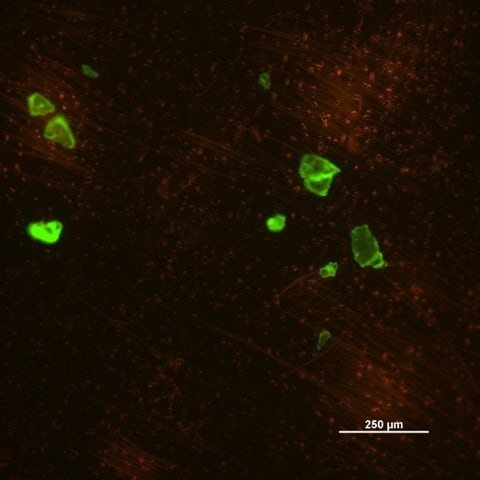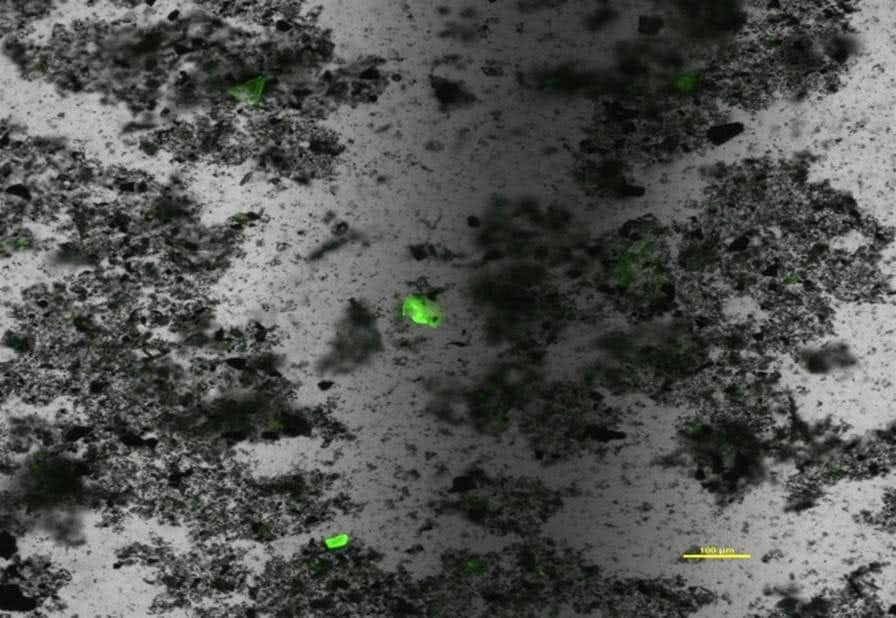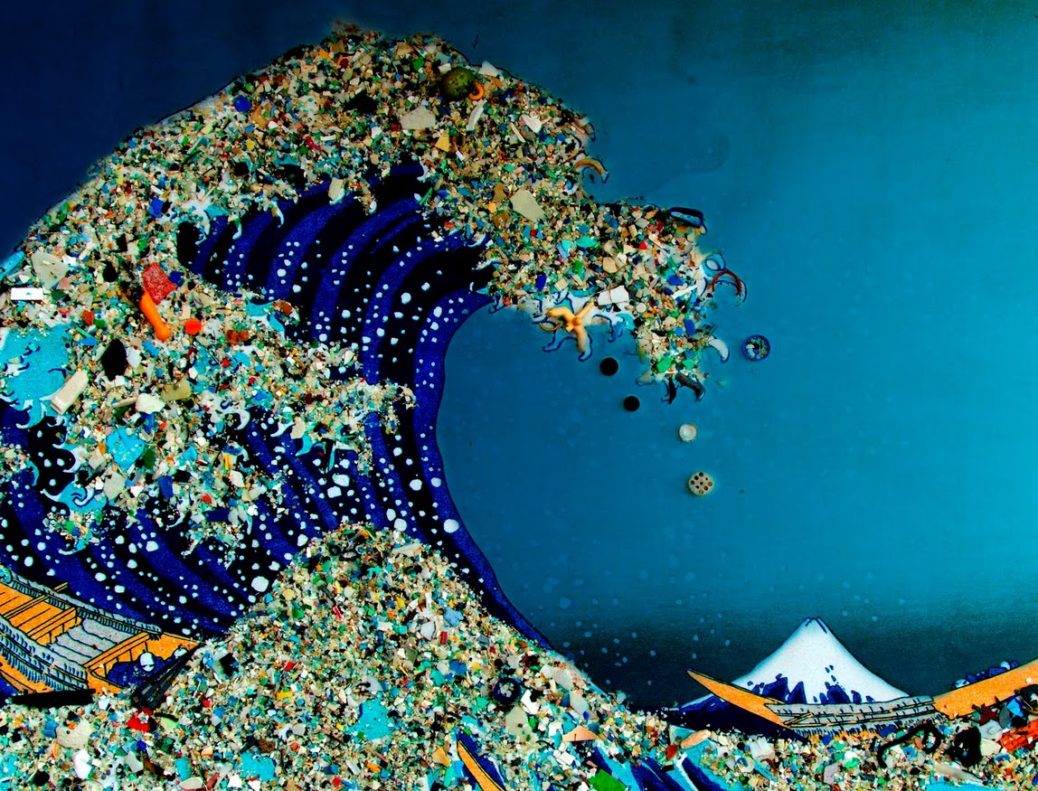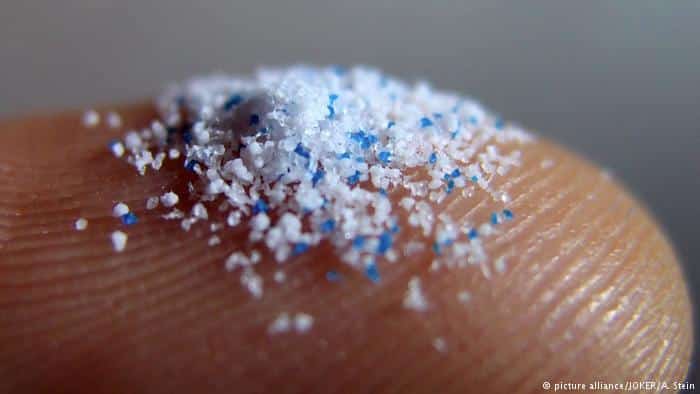Novel Technique to Rid Us of all the Invisible Plastic in Our Oceans
It is disheartening to witness a society’s attitude in terms of not taking ownership or responsibility for the massive accumulation of plastic that has over years been dumped into the oceans. It shows how easy it is for people to lose sight of critical environmental issues that are right in the front; if not lose sight of a glaring issue, the ease and ability we have to push it out of our minds or into our blind spots in order to avoid dealing with it is alarming.
Microplastics are defined as particles less than 5mm across.
Up to 236,000 tonnes of microplastics – tiny pieces of broken-down plastic smaller than your little fingernail – enter our oceans each year. It is possible that the contaminants on these microplastics are absorbed by animals and enter the food chain. If they don’t kill the animals, these toxic chemicals may affect the animals’ behaviour and hormone levels.
A range of animals throughout the marine environment, including corals and zooplankton, consume these particles.
The way an animal behaves in its environment is crucial. Sometimes pollutants don’t cause obvious health issues but may alter the way an animal feeds, moves or socialises. Exposure to some chemicals, for example, causes feminisation in males, resulting in reduced breeding activity and ultimately affecting a population’s stability.
Even minor changes in behaviour can affect how an animal performs and may have longer-term implications for survival and reproduction. These changes in behaviour can be an early warning that something is going on, like the canary in the coal mine.
Sure, it’s a lot to clean up- get rid of completely and quickly, but the scientists behind that study estimate that it accounts for just one percent of the total plastic waste in the ocean, so where is the rest of it? Erik van Sebille, the lead author on that study, says it’s a bit like astronomers dealing with the unknowns of dark matter.
But now, fluorescent dye could be the answer to finding the 99 percent of missing microplastics in the oceans, researchers have found.
Researchers from the University of Warwick in the United Kingdom have discovered that a dye can bind with plastic particles—which makes the microplastics easy to see underneath a fluorescence microscope.
Using fluorescent dye could help to distinguish natural materials from tiny plastic particles, says the study.
Using the dye approach, it was possible to detect microplastics within the samples at sizes as small as 20 micrometers (around the width of a human hair).

By adding their dye to samples, the scientists were able to easily detect fragments under a microscope in samples taken from the coast around Plymouth. This allows the process to be automated.
“Have we found the lost 99 per cent of missing plastic in surface oceans? Obviously this method needs to be implemented in future scientific surveys to confirm our preliminary findings,” said co-author Dr Joseph Christie-Oleza, also at the University of Warwick.
Current methods mostly require manually picking microplastics out of samples, according to the researchers. The fluorescent dye could replace that method, ideally curbing some of the human subjectivity associated with visually sorting the microplastics from natural materials.
Although just one relatively small sample, this exercise did return a couple of alarming findings. The team found a much larger amount of microplastics than would’ve been detected by traditional methods, where pieces are manually picked out one by one. It also found that the most common type of plastic making up the debris of this size was polypropylene, a material commonly used for packaging and food containers.

“Using this method, a huge series of samples can be viewed and analysed very quickly, to obtain large amounts of data on the quantities of small microplastics in seawater or, effectively, in any environmental sample,” said University of Warwick researcher Gabriel Erni-Cassola, lead author of the study.
Tracking the fate of microplastics will certainly help inform future policies on waste management and industry regulations.Meanwhile, the challenge of weaning ourselves off our insatiable love of plastics and finding a way to deal with the waste remains.































